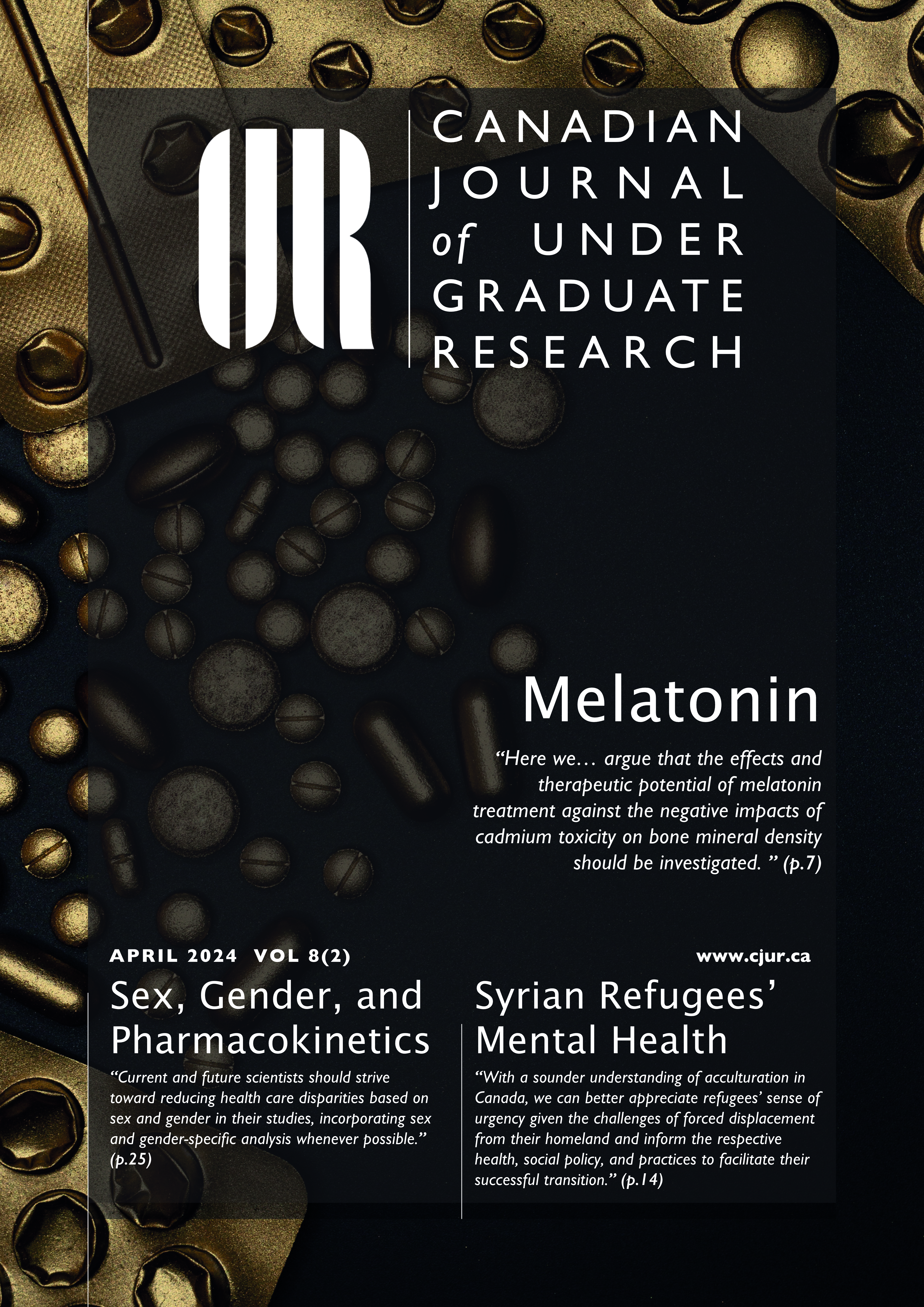The significance of sex and gender in clinical pharmacokinetics
Abstract
The consequences of the historical exclusion of cisgender women, intersex, and transgender people from pharmacological clinical trials have resulted in a dangerously low quality of care for these populations. Analyzing and interpreting significant sex and gender-related differences in drug absorption, distribution, metabolism, and excretion are critical for adjusting dosing regimens and therapeutic drug monitoring. A deep understanding of the impact of these differences is required for practitioners and clinical researchers. This review summarizes the physiological differences between sexes as they relate to cardiovascular, respiratory, gastrointestinal, and renal variations. A direct examination of their possible effects on the pharmacokinetics of drugs critically highlights the current knowledge gap. The importance of including both sexes in all scientific research is emphasized in this review. It serves as a reminder for future scientists to strive toward reducing health care disparities based on sex and gender in their studies, and to incorporate sex and gender-specific analysis whenever possible.
Downloads
Published
Issue
Section
License
Authors who publish with this journal agree to the following terms:
- Authors retain copyright and grant the journal right of first publication with the work simultaneously licensed under a Creative Commons Attribution License that allows others to share the work with an acknowledgement of the work's authorship and initial publication in this journal.
- Authors are able to enter into separate, additional contractual arrangements for the non-exclusive distribution of the journal's published version of the work (e.g., post it to an institutional repository or publish it in a book), with an acknowledgement of its initial publication in this journal.
- Authors are permitted and encouraged to post their work online (e.g., in institutional repositories or on their website) prior to and during the submission process, as it can lead to productive exchanges, as well as earlier and greater citation of published work (See The Effect of Open Access).

